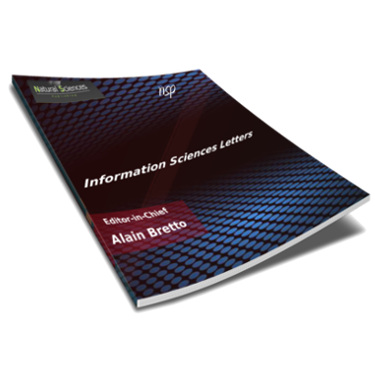
Information Sciences Letters
Abstract
Students with developmental disabilities are exposed to high rates of bullying compared to typical people and individuals with autism are exposed to even higher rates [7]. This descriptive qualitative study aimed to investigate the types and causes of bullying experienced by students with autism in full-inclusive programs in three cities in Saudi Arabia (Tabuk, Aljof, and Arar). Semi-structured interviews were conducted with 12 parents and educators who met the inclusion criteria. The interviews were analyzed using the Dedoose" program, leading to the identification of seven themes. The participants reported instances of verbal bullying, including offensive language and threats. Physical bullying, such as hitting, stealing, and property damage, was also mentioned. Additionally, some children experienced sexual bullying through verbal, gestural, or electronic cues. Cyberbullying, including exclusion and the dissemination of videos and images, was found to affect children with autism. Social bullying, characterized by exclusion, isolation, and disgust, was also reported. This study found that bullying is related to disability and lack of awareness. It is important to note that the study focused on three cities in the northern region of Saudi Arabia, and future research may consider other regions to encompass demographic and cultural diversity. The study highlights the need for increased awareness among peers, parents, and teachers regarding bullying, with recommendations for preventive measures and support strategies.
Recommended Citation
Alatawi, Abdullah
(2023)
"Types of Bullying and Its Causes for Students with Autism Spectrum Disorder in Full-Inclusion Programs: Teachers ‘And Parents’ Opinion,"
Information Sciences Letters: Vol. 12
:
Iss.
10
, PP -.
Available at:
https://digitalcommons.aaru.edu.jo/isl/vol12/iss10/5

